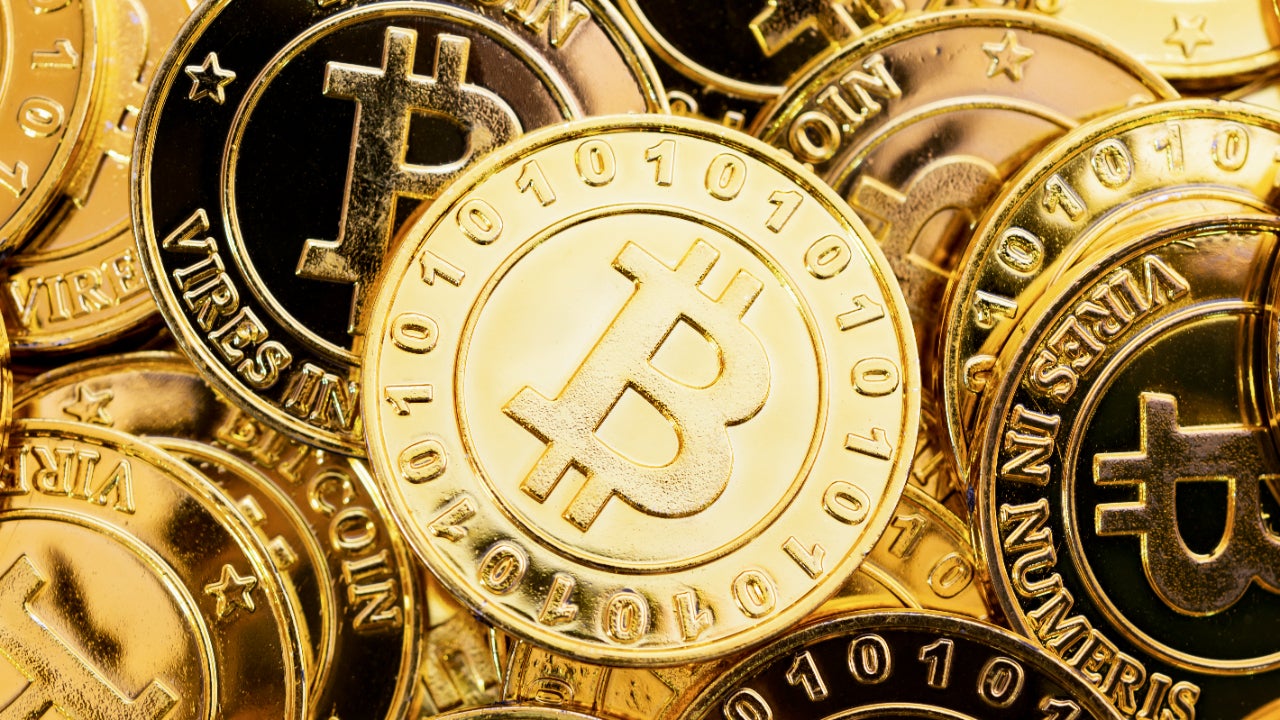What are memecoins and how do they work?

Key takeaways
- Memecoins are spawned from trends or jokes, not driven by a specific use case like some cryptocurrencies.
- Like all crypto, memecoins are highly speculative with no underlying assets.
- Some memecoins have larger market caps than established, profitable companies with cash flow. For example, Dogecoin has a higher market cap than United Airlines.
Memecoins are exactly what they sound like: a cryptocurrency based on a meme.
These playful and often humorous tokens are inspired by internet memes and have gained a significant following in recent years. From Dogecoin to Shiba Inu, each memecoin has its own quirky features, communities and ecosystems. While they can potentially offer quick returns and a sense of community, memecoins come with significant risks to investors.
Let’s dive into the world of memecoins and explore what they are, their unique features and what to watch for when investing in memecoins.
What are memecoins and how do they work?
A memecoin is a type of cryptocurrency that draws its inspiration from internet memes, characters, celebrities or trends. These digital currencies are generally created with a sense of humor, often associated more with entertainment than with practical utility. The main factor driving a memecoin’s value is the meme or celebrity it is based on, which helps build a strong, dedicated community and attract investment interest.
Once the sandbox of those with technical expertise, Pump.fun and like platforms have allowed anyone to create a memecoin in a few clicks — and they have. About 6 million memecoins launched on Pump.fun in 2024.
Despite their fun-loving nature, memecoins are known for their high volatility and speculative nature, as their value can undergo rapid increases and decreases based on social media trends and viral moments, similar to shifts in meme stocks. This makes memecoins a risky proposition for investors, though they have gained considerable popularity, thanks to endorsements from high-profile individuals and their cultural significance in the digital world.
This year, President Donald Trump and First Lady Melania Trump even created their own memecoins ahead of the inauguration.
What are some popular memecoins?
These are the most popular memecoins by market cap. (Data is from CoinMarketCap.com as of April 21, 2025.)
Dogecoin
Dogecoin, the original memecoin, is a peer-to-peer, open-source cryptocurrency created in 2013 by software engineers Billy Markus and Jackson Palmer. Initially intended as a lighthearted joke, Dogecoin features the Shiba Inu dog from the “doge” meme as its logo. In contrast to Bitcoin, where the supply is limited, Dogecoin is plentiful with 10,000 new coins being created every minute and no cap on its total supply.
Price: $0.1572
Market cap: $23.4 billion
Coins in circulation: 148.9 billion
Shiba Inu
Shiba Inu is an Ethereum-based memecoin that features the Shiba Inu, a Japanese breed of hunting dog, as its mascot. It is considered an alternative to Dogecoin, created in August 2020 by an anonymous individual or group known as Ryoshi. The cryptocurrency is part of a larger ecosystem that includes several tokens such as Leash and Bone and platforms such as ShibaSwap for DeFi trading. Although Shiba Inu started as a memecoin, it has grown in popularity and has a strong community of supporters, known as the SHIBArmy.
Price: $0.00001230
Market cap: $7.25 billion
Coins in circulation: 589.3 trillion
Pepe
Pepe the Frog is a cartoon character created by artist Matt Furie that first appeared in the 2005 comic series “Boy’s Club.” Over time, the character became a popular internet meme. However, the character was later associated with various controversial contexts, including racist and anti-Semitic themes, particularly by alt-right groups during the mid-2010s. A cryptocurrency named Pepe, inspired by the meme, was launched in 2023, although it has no official connection to Furie.
Price: $0.000007764
Market cap: $3.3 billion
Coins in circulation: 420.7 trillion
OFFICIAL TRUMP
TRUMP was launched by President Donald Trump ahead of his 2025 inauguration. TRUMP operates on Solana’s blockchain technology and has a maximum supply of about 1 billion coins. At the time of the coin’s release, investors briefly ran up the price to $75.35 before dropping to about $45 and steadily declining to its current price under $10.
Price: $8.20
Market cap: $1.6 billion
Coins in circulation: 200 million
BONK Coin
BONK is a dog-themed memecoin built on the Solana blockchain. The coin gained significant popularity due to its community-driven nature and meme-inspired appeal. Its ecosystem includes projects like BONKSwap, a decentralized exchange, BONKbot, a Telegram bot for easy token management and BONK Rewards, a program incentivizing token locking. While primarily driven by hype and community engagement, BONK has also integrated itself into decentralized finance (DeFi) protocols, NFT marketplaces and gaming platforms, further enhancing its utility within the Solana ecosystem.
Price: $0.00001233
Market cap: $969.3 million
Coins in circulation: 78.7 trillion
Why do people invest in memecoins?
People invest in memecoins for a variety of reasons.
There’s the sense of community and belonging that comes with being part of a shared joke or meme. Investors often find it fun and engaging to be part of these communities where they share memes, jokes and investment tips.
And then there’s the potential for quick profits — an alluring proposition for investors. Memecoins are known for their extreme volatility, which can result in rapid and substantial gains. Their low prices make them accessible to a broad audience, allowing people to buy large quantities with relatively small investments — at least until a memecoin takes off in value.
Lastly, viral marketing and the influence of social networks play a significant role in each coin’s value. Celebrities and influencers often endorse these coins, driving their popularity and price.
A financial advisor can work with you to create a balanced portfolio that meets your short- and long-term goals — and Bankrate’s AdvisorMatch can help you connect with a CFP® professional.
What are the risks of investing in memecoins?
Buying and selling memecoins comes with several significant risks.
Memecoins are characterized by high volatility, with prices subject to extreme fluctuations over short periods, often driven by social media trends and celebrity endorsements. This makes them highly speculative investments as memecoins typically lack intrinsic value or real-world utility, making their value heavily dependent on community sentiment rather than fundamental factors.
Additionally, the memecoin market is prone to market manipulation, including pump-and-dump schemes, where prices are artificially inflated and then crash suddenly. And there is a risk of scams and frauds such as rug pulls, where creators withdraw liquidity from the market, leaving investors with worthless tokens.
Lastly, due to the emotional nature of investing in memecoins, investors may make impulsive decisions, further amplifying potential losses.
Bottom line
Memecoins, while entertaining and community-centric, are a high-risk investment option characterized by extreme volatility and speculative value. They can provide quick profits and a sense of community, but they also come with a risk of significant losses due to market manipulation, scams and a lack of intrinsic value. Therefore, potential investors should approach memecoins with caution and be prepared for possible losses. As a rule of thumb with all cryptocurrencies: Never invest more than you are willing to lose.
— Bankrate’s Logan Jacoby contributed to an update.
Editorial Disclaimer: All investors are advised to conduct their own independent research into investment strategies before making an investment decision. In addition, investors are advised that past investment product performance is no guarantee of future price appreciation.
Why we ask for feedback Your feedback helps us improve our content and services. It takes less than a minute to complete.
Your responses are anonymous and will only be used for improving our website.
You may also like






